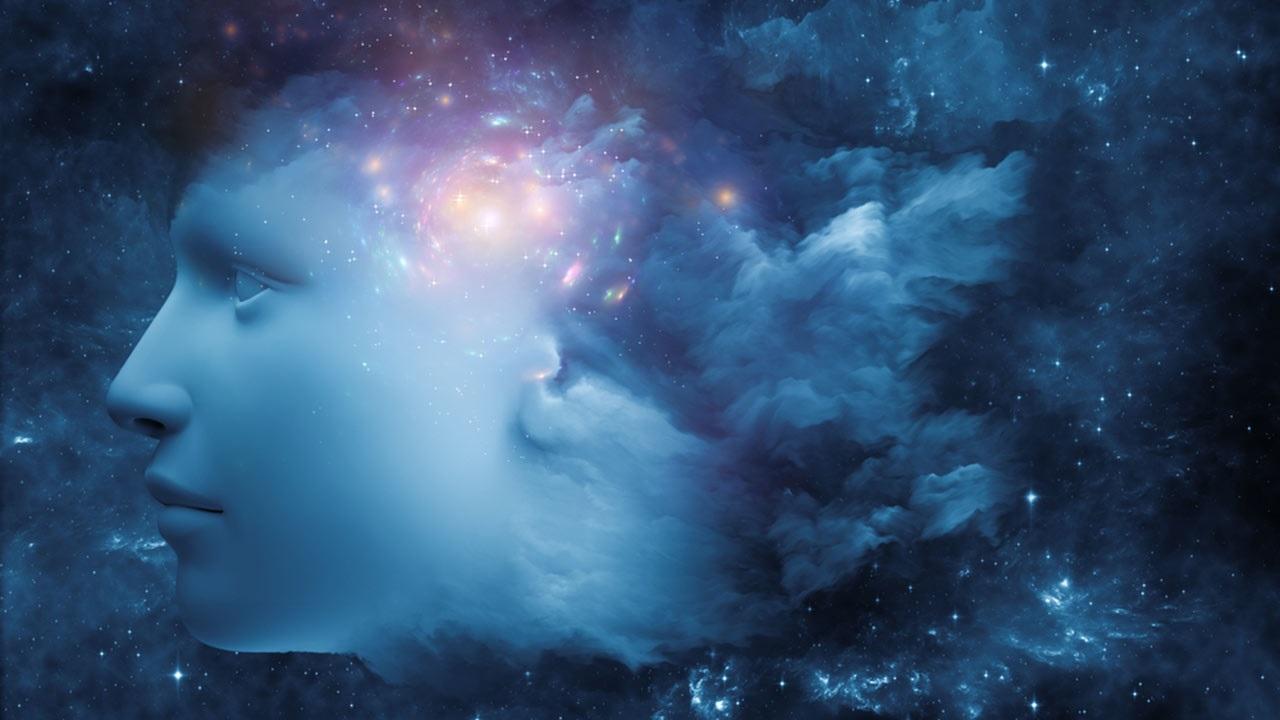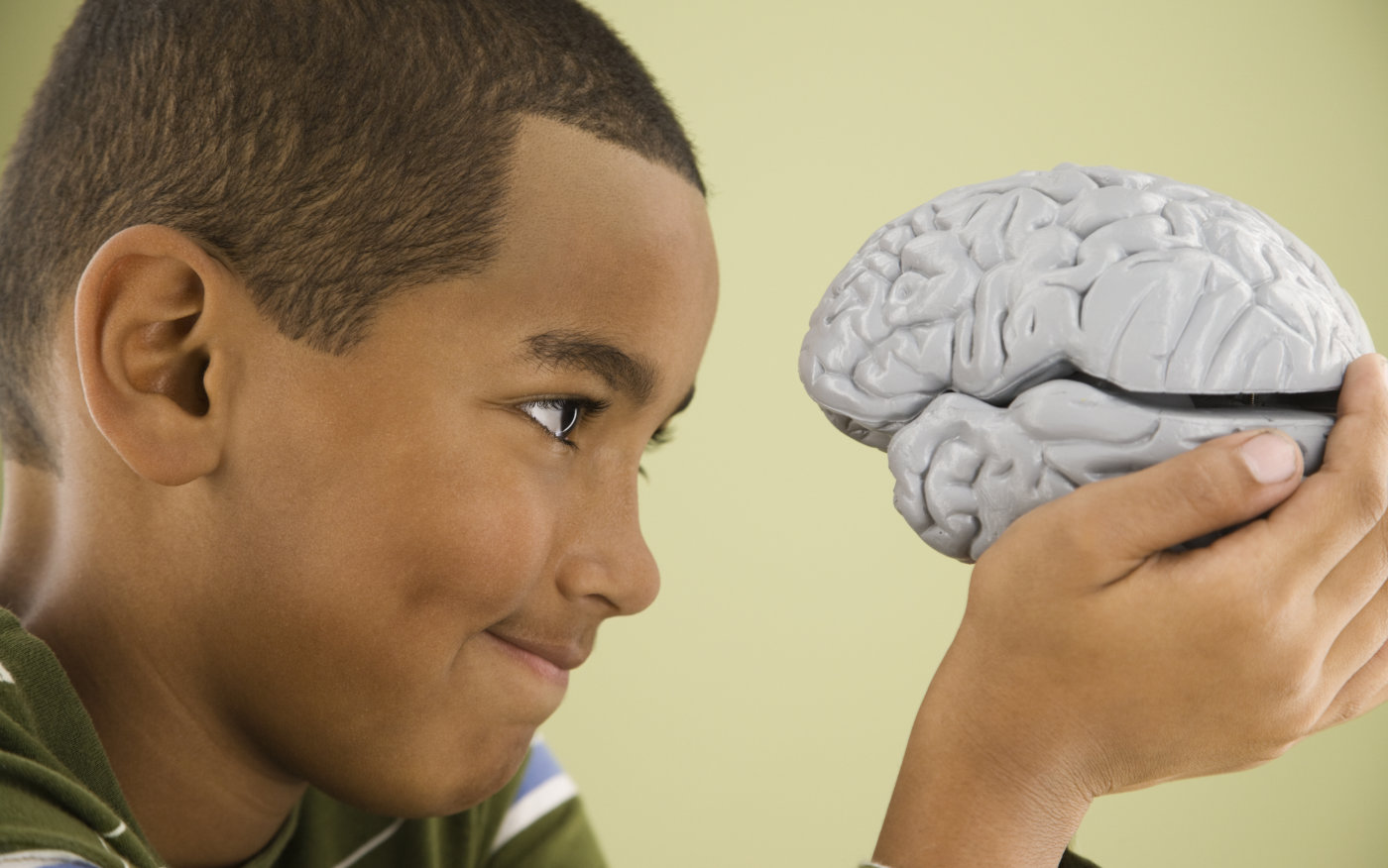In a new study of how anesthetic drugs affect the brain, researchers suggest that our experience of reality is the product of a delicate balance of connectivity between neurons—too much or too little and consciousness slips away.
Source: Consciousness may be the product of carefully balanced chaos | Science | AAAS



